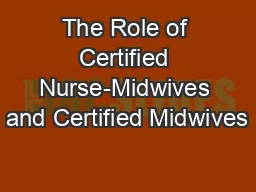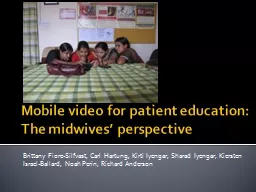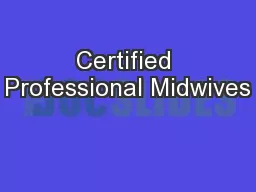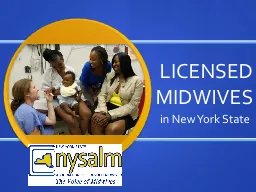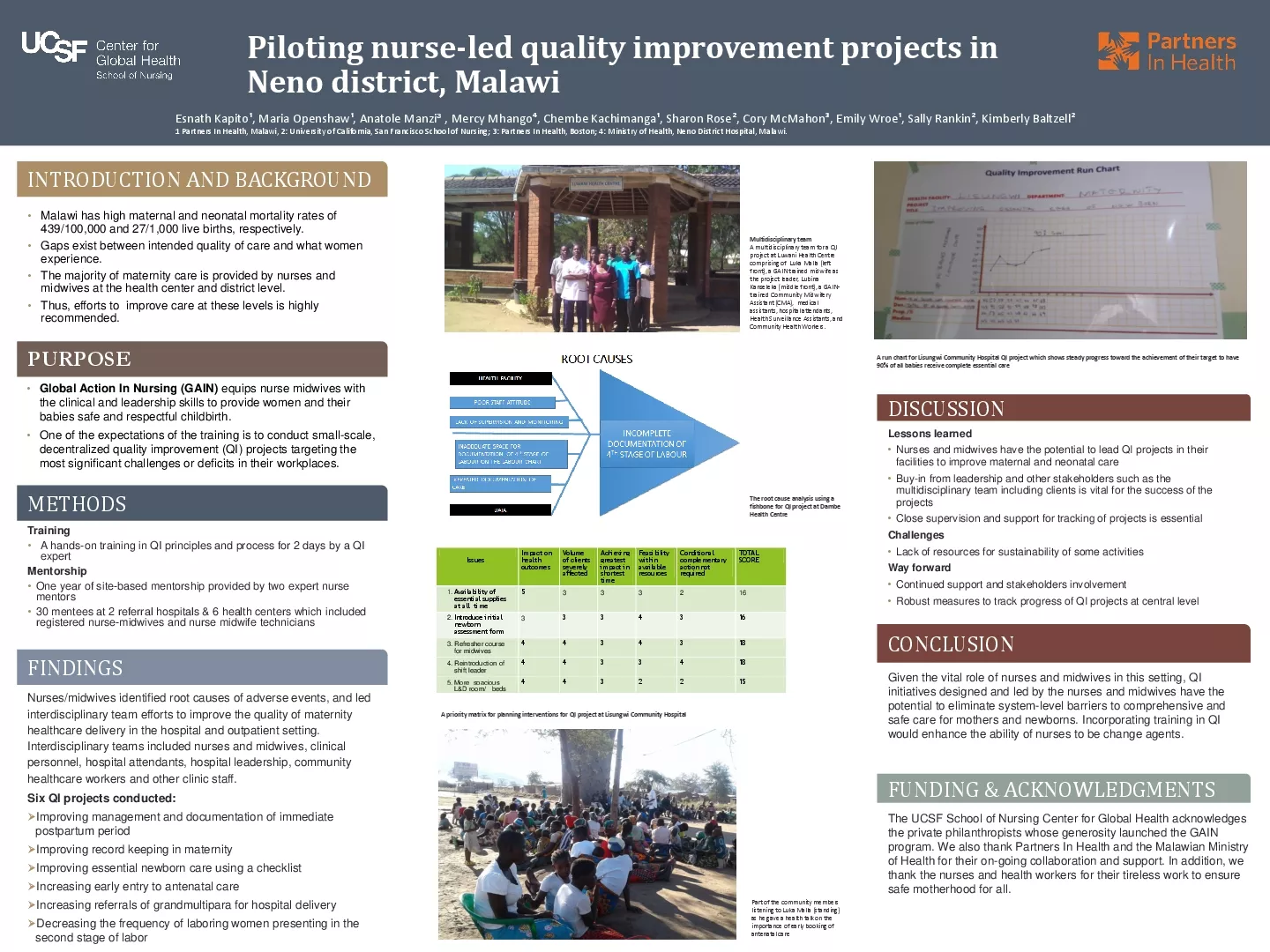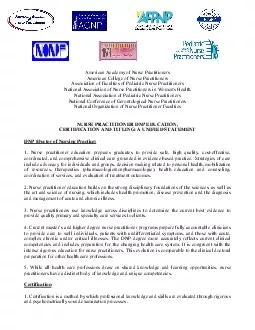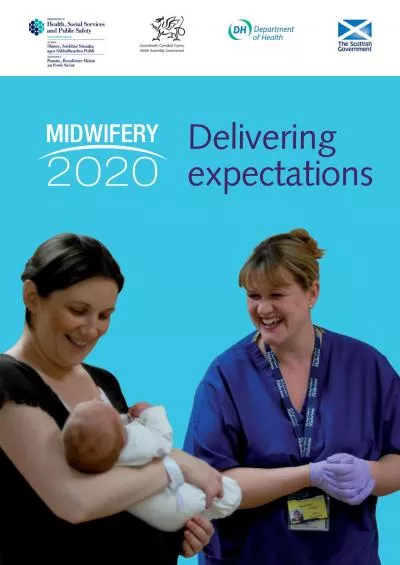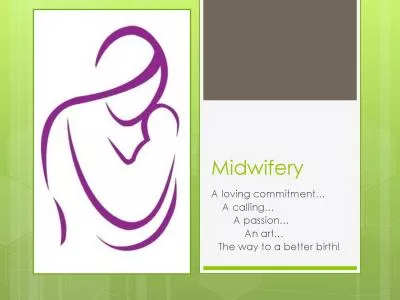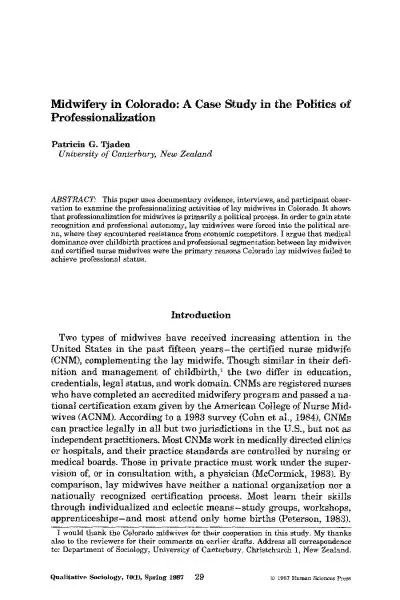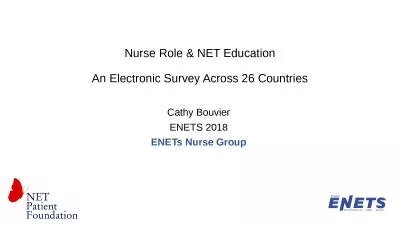PPT-The Role of Certified Nurse-Midwives and Certified Midwives
Author : liane-varnes | Published Date : 2017-03-26
November 2015 Jesse S Bushman Director Advocacy and Government Affairs American College of NurseMidwives Presentation Purpose Describe current trends in the maternity
Presentation Embed Code
Download Presentation
Download Presentation The PPT/PDF document "The Role of Certified Nurse-Midwives and..." is the property of its rightful owner. Permission is granted to download and print the materials on this website for personal, non-commercial use only, and to display it on your personal computer provided you do not modify the materials and that you retain all copyright notices contained in the materials. By downloading content from our website, you accept the terms of this agreement.
The Role of Certified Nurse-Midwives and Certified Midwives: Transcript
Download Rules Of Document
"The Role of Certified Nurse-Midwives and Certified Midwives"The content belongs to its owner. You may download and print it for personal use, without modification, and keep all copyright notices. By downloading, you agree to these terms.
Related Documents

